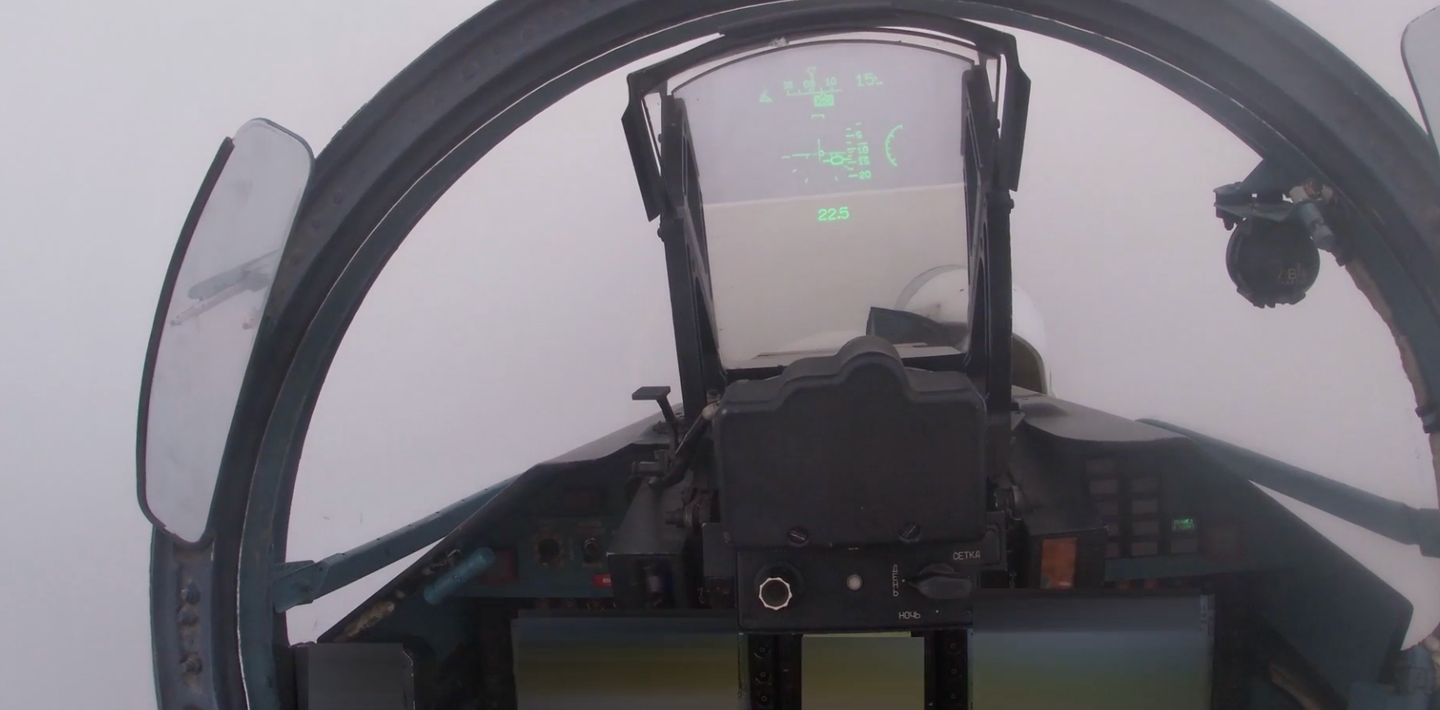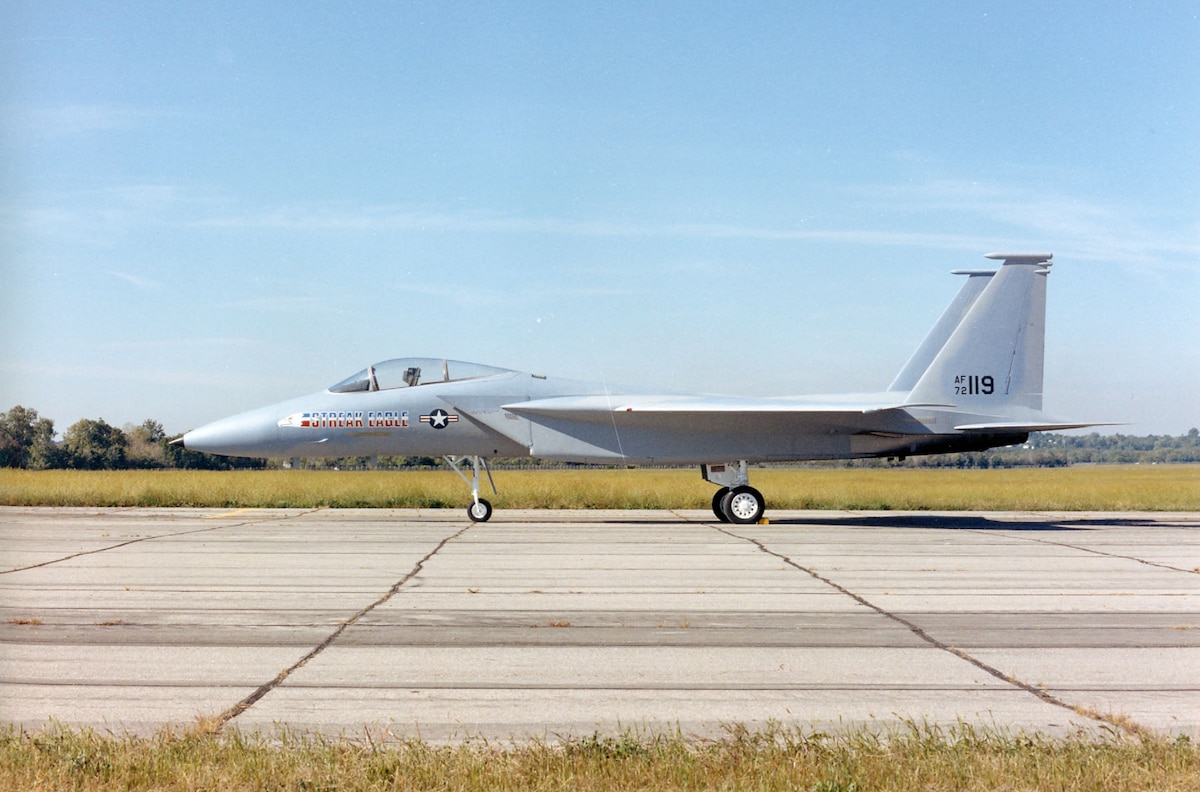The Russian Su-27 Flanker grabbed global headlines after ‘downing’ US Air Force (USAF) MQ-9 Reaper drone on March 14. Introduced in the 1980s, the Su-27 fighter is a masterpiece of Soviet aviation design that continues to make headlines.
Interestingly, the Su-27 is partly based on the American technology that led to the development of the USAF’s F-15 fighter jet, which enabled the Flanker to snatch away the world records set by the Streak Eagle (a lighter version of the F-15).
Like most Soviet-origin warplanes, the Su-27 was meant to counterbalance or outperform American fighter jets. In 1969, the Soviet Union discovered that the USAF was working on the ‘F-X’ program, which eventually resulted in the F-15.
The Soviet leadership realized the need to act fast to counter the new threat from American fighters and put into motion a program to develop a fighter with good agility and sophisticated systems.
The aerodynamic design for the new aircraft was mainly carried out by Central Aerohydrodynamic Institute (Tsentral’nyy Aerogidrodinamicheskiy Institut or TsAGI) in collaboration with the Sukhoi Design Bureau. The effort was further bolstered by the American technological secrets obtained by Soviet intelligence.
“In the early 1980s, our intelligence agents somehow got hold of the blueprints of the F-15 Eagle, designed by McDonnell Douglas, and handed them over to the Sukhoi Design Bureau. Soviet engineers used them to create the first prototype of the new fighter,” TASS military analyst Viktor Litovkin told Russia Beyond in 2020.
However, the intelligence data obtained was incomplete, according to Litovkin, so the ‘F-15 model’ lacked the actual aircraft’s supersonic speed and aerodynamic performance.
“In the end, it was decided to combine the model with 1970s Soviet technology, and in 1981 the first T-10S took to the skies, later known as the Su-27,” Litovkin said.
Litovkin also noted that all subsequent models designed by the Sukhoi Design Bureau were based on the Su-27, which include all the advanced Sukhoi models currently operated by the Russian Aerospace Forces (VKS), such as Su-30, Su-34, Su-35, Su-57, etc.

The Sukhoi Su-27 Flanker
The Sukhoi Su-27 is a twin-engine supermaneuverable fighter aircraft designed primarily for air superiority. However, subsequent aircraft variants can perform all types of aerial warfare operations.
The aircraft is equipped with a 30mm Gryazev-Shipunov GSh-30-1 cannon with 150 rounds of ammunition and ten hardpoints designed to deploy a range of radar-guided and infrared-homing air-to-air weapons missiles, unguided ground-to-air rockets, and both conventional and cluster bombs.
The fighter has an infrared search and track system, laser rangefinder, radar, and helmet-mounted target designator, providing detection, tracking, and attack capability.
The aircraft was also equipped with countermeasures such as a pilot illumination radar warning receiver, chaff and infrared decoy dispensers, and an active multi-mode jammer in the wingtip pods.
To extend the capabilities and lifespan of the existing Su-27s, which had entered serial production during the Soviet era, Russia launched the 27SM mid-life update program in 2003. The upgrade program was centered around an improved fire-control system.
The first upgraded Su-27SMs returned to service in late 2004 and began to be deployed at the Belbek Airbase in newly annexed Crimea in 2014.
In addition to the upgraded Su-27SMs, a batch of 12 newly built aircraft was also completed to an improved standard in 2009, known as Su-27SM3 aircraft, which features a further improved fire-control system and other modifications.
Externally, the Su-27SMs look quite similar to the older version of the Su-27s. However, recent videos from the cockpit have revealed that many of the old analog instruments and steam gauges have been replaced by multi-functional displays.
The new fire-control system is said to be derived from the one used in the advanced Su-30MK2 fighter jets. It includes a slightly enhanced radar and electro-optical sighting system, including infrared search and track, and a more advanced mission computer.

The resulting system enables synthetic aperture terrain mapping and detection of maritime surface targets.
Furthermore, the new fire-control system also expands the range of weaponry that the Flanker can deploy, which was earlier limited to R-27 and R-73 air-to-air missiles and unguided bombs and rockets. The Su-27SM can deploy Kh-31A/P anti-ship/anti-radiation missiles, Kh-29L/T/TD laser-/TV-guided missiles, and laser-guided bombs.
The Su-27SM can carry the active radar-guided R-77-1 air-to-air missile for air defense, providing a much-improved beyond-visual-range capability.
When Su-27 Surpasses F-15
The Su-27 set over 30 aeronautical world records, including altitude and carrying capacity. Interestingly, the Flanker even snatched away some world records from the F-15, from which it was partially derived.
The F-15 Eagle is powered by two Pratt & Whitney F100-PW-100 turbofan engines, each producing around 23000-25000 pounds of thrust (with afterburners), providing a very high thrust-to-weight ratio (TWR) of about 1.19 according to open sources. Meanwhile, the Su-27 has an even greater TWR of 1.23.
Higher TWR means the aircraft is relatively light for the amount of thrust its engines produce. The F-15’s superior TWR accelerates rapidly, even while performing a vertical climb.
In 1986, the Su-27, stripped of all armament, radar, and operational equipment, broke eight time-to-climb records set in 1975 by a similarly modified F-15 Streak Eagle.

Notably, the F-15 Streak Eagle had taken away these world records from the Soviet-designed MiG-25 Foxbat in 1975. The American aircraft managed to climb up to 30,000 meters in less than 3.5 minutes and 3,000 meters in just 27.57 seconds versus the MiG-25’s 34.5 seconds.
The F-15 also scratched off the 6,000 meters, 9,000 meters, 12,000 meters, and 15,000 meters records. The 15,000 meters was shattered with a time of 77.05 seconds.
In the fall of 1986, the Soviet Su-27 Flanker broke these eight time-to-climb records again, returning them to the Soviet Union.
The stripped-down version of the Su-27, called the Streak Flanker, was able to climb up to 3000 meters in just 15.6 seconds and 15,000 meters in only 70.329 seconds, versus the 27.57 seconds and 77.05 seconds by the F-15, respectively.
- Contact the author at tanmaykadam700@gmail.com
- Follow EurAsian Times on Google News




